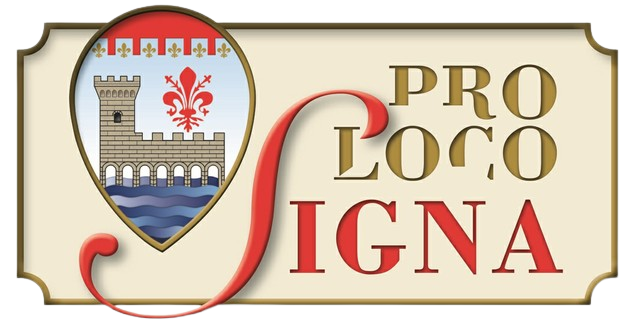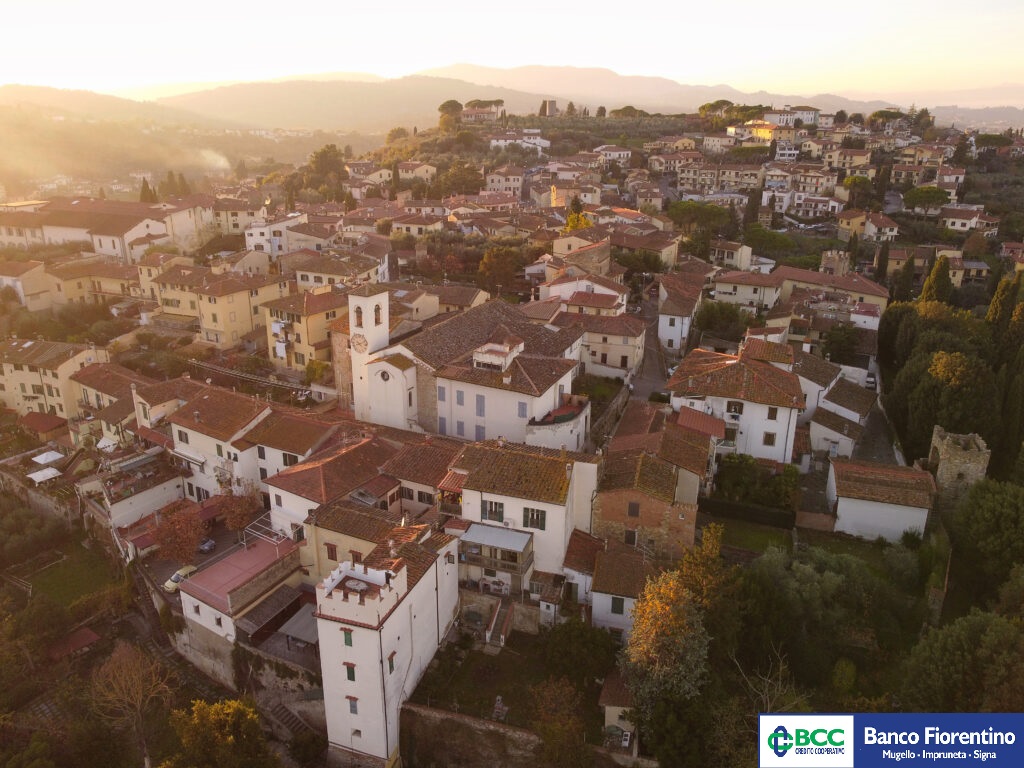The cultivation of specially sown wheat and the processing of the straw obtained from it, to be woven to make hats, is an activity with strong traditions that are lost over time, but which developed with industrial characteristics in Tuscany and in particular in the so-called Signe starting from the first half of the eighteenth century thanks to Domenico Michelacci, originally from Romagna Toscana and for this reason called "Bolognino". It was precisely in the Arno valley between Florence and Pisa, a fertile alluvial plain, that some companies closely connected to agriculture established themselves as regards the production of raw materials and strongly linked to the trend in demand for manufactured goods independent of the needs of the regional population Small landowners began to set up businesses that did not require large fixed capital investments and the first changes also took place within sharecropping families: women discovered home-based work dedicating themselves, depending on the various geographical areas, to the interweaving of straw, weaving and knitting and crochet which did not require particular technical equipment and which could be practiced in the free hours when work in the fields was less necessary. In the Florentine area of Signe, Sesto, Fiesole and Campi, straw processing played a decisive role in its industrial development and sharecropping itself, which usually inhibited the industrialization of the production of consumer goods on factory bases, supplied the home-based workforce, mainly female, without which this factory could not have had the fortune it did. The braiders could thus earn what was necessary to buy what was not produced, but which was as indispensable as salt, arriving in the most fortunate cases to allow the youngest and most capable to acquire the means to buy their own trousseau. With regard to who lived in the villages, the weaving of the straw allowed the poorest population, made up of those who lived in rented houses, called renters, without specific professional training and with low incomes, such as for example laborers, fishermen of the river and the carters, to survive in their own country without emigrating, avoiding the disintegration of the local community. Domenico Michelacci had moved to Signa in 1714 and after four years of experimental tests he had managed to select a type of wheat which, thanks also to the physical characteristics of the land where he had begun to cultivate it for the sole purpose of obtaining straw for plaiting and above all thanks to the cultivation techniques, provided fine, shiny and particularly flexible stems. In 1735 he also set up a laboratory for the manufacture of hats intended for sale abroad and within a few years a real local industry was established which came to occupy a large part of the population: it is estimated three quarters of the active one. For over 250 years the straw industry has been one of the main activities in Signa. There are various professional figures who were part of it: braiders, delivery boys, hat makers as well as the associated industries that developed around it: the manufacture of wooden and metal shapes, the carpenters' shops for shipping crates, flowers for garnishing, the dry cleaners. The railway station itself was upgraded in 1840 by the Grand Duke Leopold II to facilitate the transport of the crates with hats of the many Signe businesses. Large straw factories were concentrated in the Signa area called La Costa, made safe from the floods of the Arno and Bisenzio by the works of water regulation and the construction of new embankments. Thus that industry became the main productive and manufacturing activity of the Grand Duchy of Tuscany, employing a third of its cultivable area and around 150,000 paid workers. In the second decade of the twentieth century, the annual production of thirty-five million hats was reached, mostly for men, mostly exported to the United States of America.

